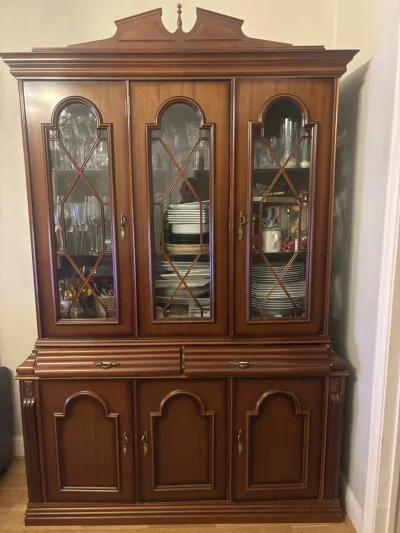Dining Room Storage
Organise your dining space with storied storage—think sideboards, dressers, and display cabinets crafted with care. Furnish Well curates sustainable, one-of-a-kind finds for eco-conscious homes.
Loading listings...
Dining Room Storage Listings for Sale

Black Vintage China Cabinet
£395.00
Added on 7 Dec 2025
EH39
Business Seller
